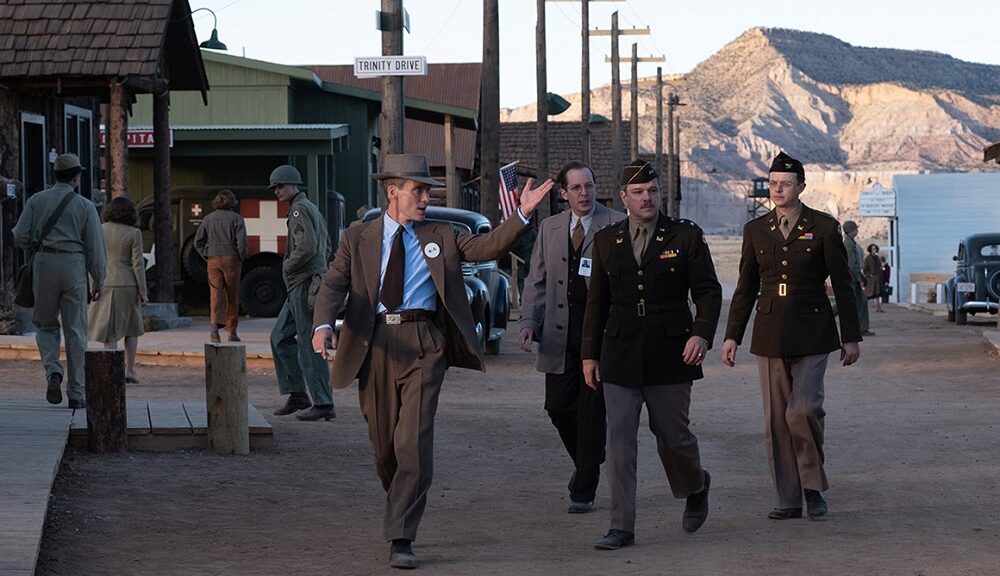
New Mexico’s Pre-Oppenheimer Days
LOS ALAMOS, NM—-Well before the start of the bio pic “Oppenheimer” delineating the birth of the atom bomb, the historic mesa was the home of the Los Alamos Ranch School and little else. At 7,350 ft. altitude, the mesa was healthy enough, miles away from traffic, towns, congestion, drugs and booze, a good hour’s drive uphill from Santa Fe.
In the words of Richard Colgate from the Long Island toothpaste family, one of the teenaged students boarding there, “It was where East Coast parents sent their unmanageable sons when they couldn’t control them. Horse-back riding, stable cleanup, all that.” This was the Wild West escapade that shaped up youths like the Colgate brothers and propelled them, at times reluctantly, toward higher education.
One day in the early 1940s, he recalled, a group of well-dressed men in dark overcoats came to check out the spartan campus, their group leaders being introduced as Mr. Smith and Mr. Jones, rather anonymously.
“Wait a minute,” Richard thought. He scurried back to his room with its pile of science magazines and leafed through them, quickly unmasking them as J. Robert Oppenheimer, noted nuclear physicist, and “Mr. Jones,” who was General Leslie Groves, the military officer with the extraordinary MIT engineering education (or by another account, it was Berkeley Nobel Prize winner Ernest O. Lawrence.) The two, so abruptly unmasked, were heading up a top-secret reconnaissance mission to select the eventual atom bomb design and construction site: Oppenheimer the genius in design, and Gen. Groves the delivery man.
“You can put a lot over on a lot of people,” Richard explained years later, laughing about it, “But it’s a lot harder with (wiseacre) teenaged guys around.” Only he used the word smart-(something) instead.
So while the faculty remained in the dark, he, his brother Stirling and his buddies were in on the mystery, far ahead of the officials, reporters, and enemy agents. Soon after, the US government took over the site, shut down the school, and left one rustic building, the Fuller Lodge, still standing today as testament to the early history prior to the super-secret research facility’s launching.
Richard long reveled in the memory of his Wild West days, even after becoming an East Coast entrepreneur and founding a couple of companies. His brother Stirling became President of the New Mexico Institute of Mining and Technology and also went to work at the Los Alamos National Laboratories. There he lived in the employees’ housing till his death in 2013, 70 years after the Ranch School, in perhaps the longest tenure ever recorded there, striving to produce an ever more efficient commercial diesel engine.
And today the Ranch School is all but forgotten, a footnote to one of the colossal weapons developments of the 20th century that ended and won World War Two abruptly in 1945.